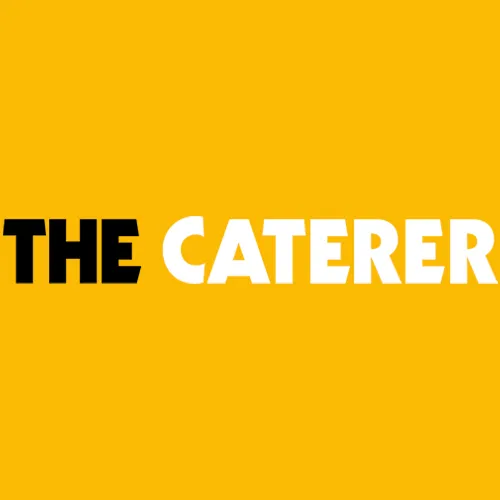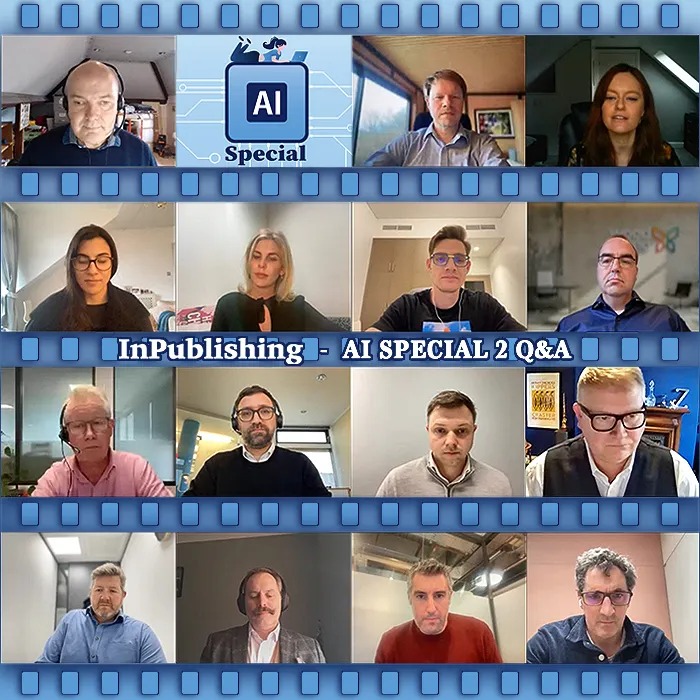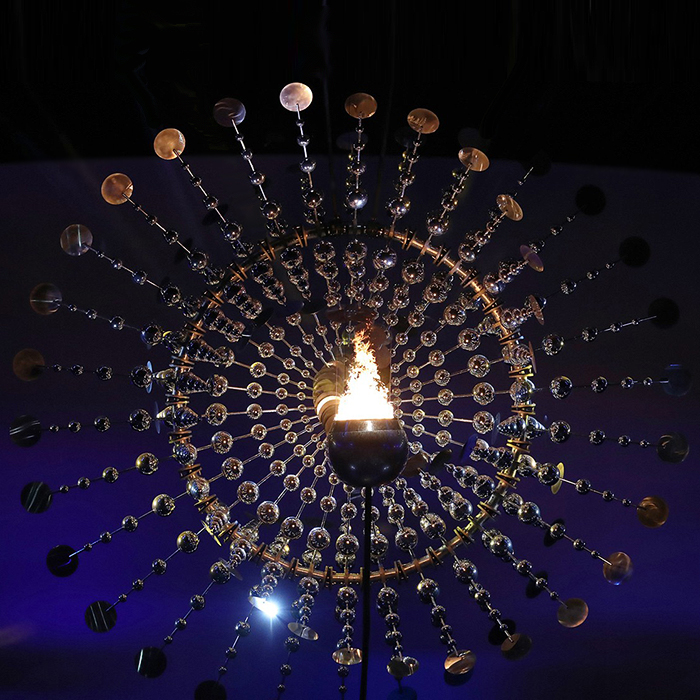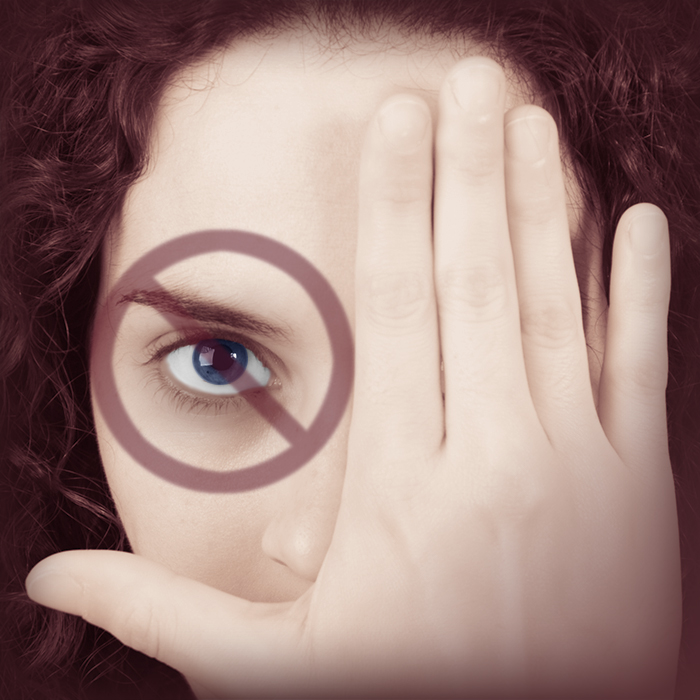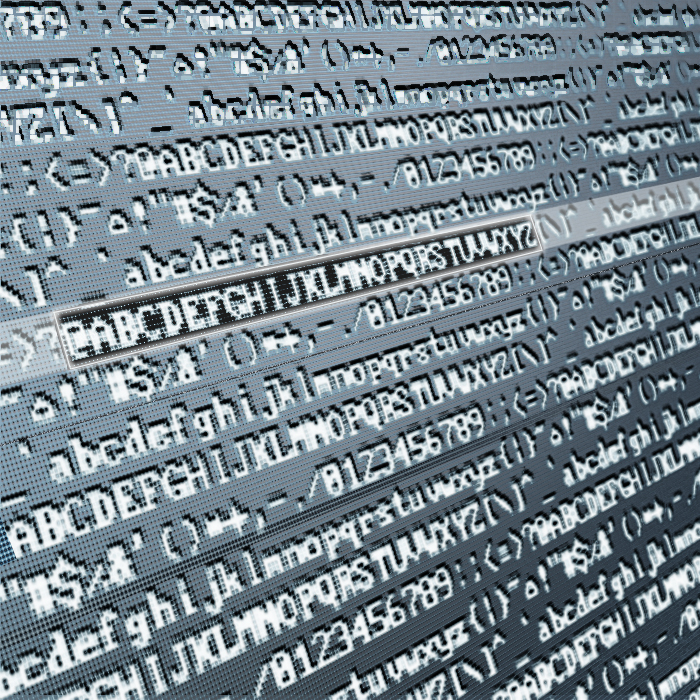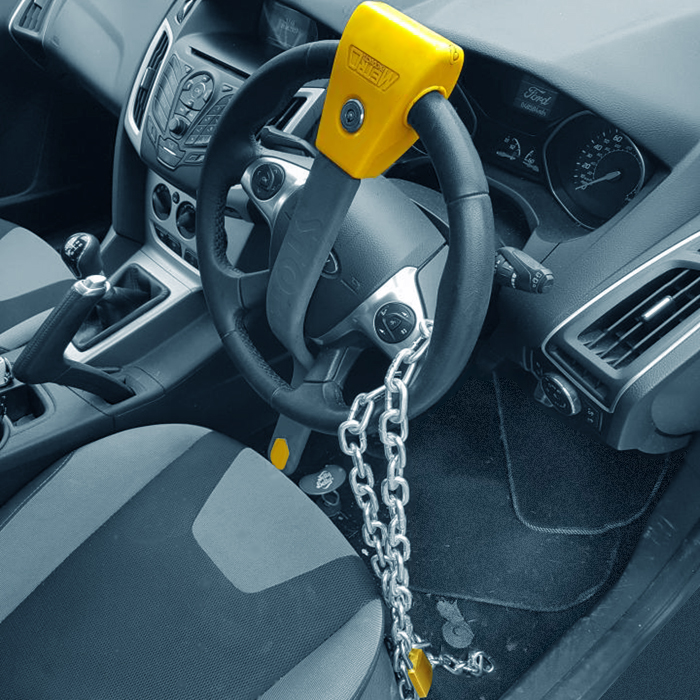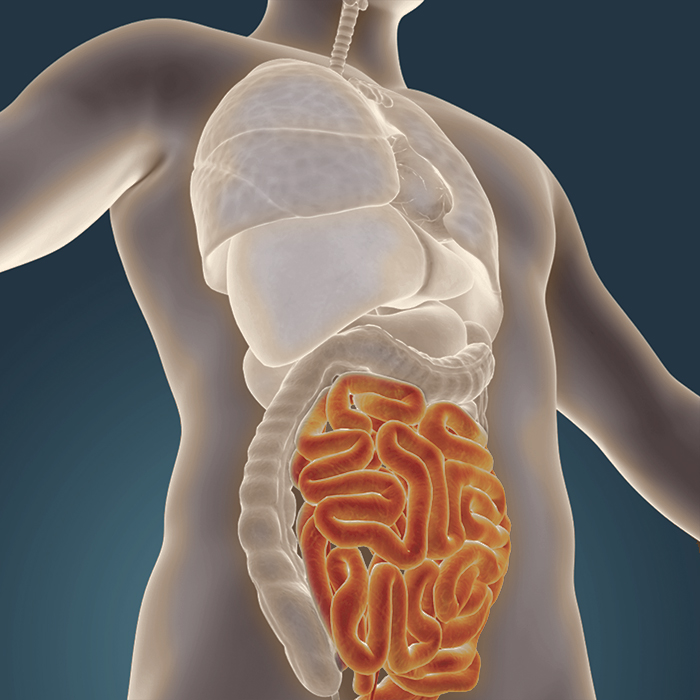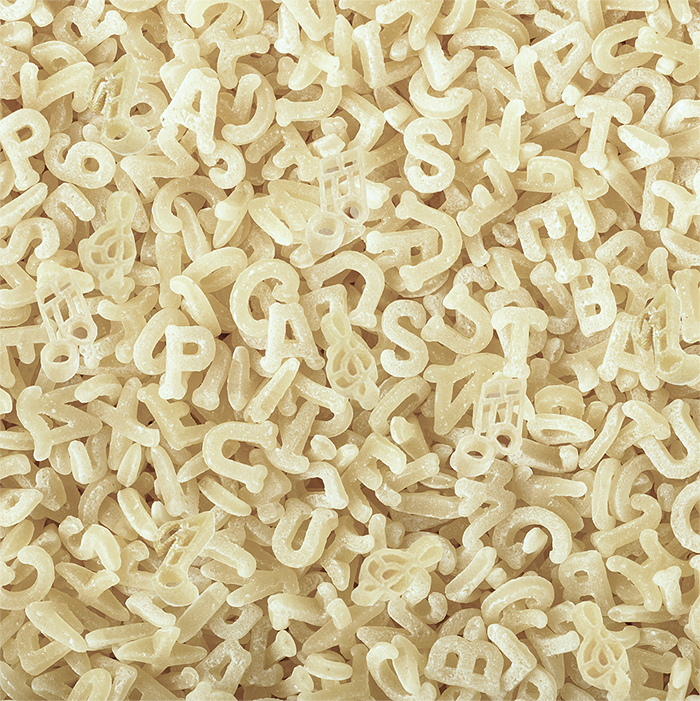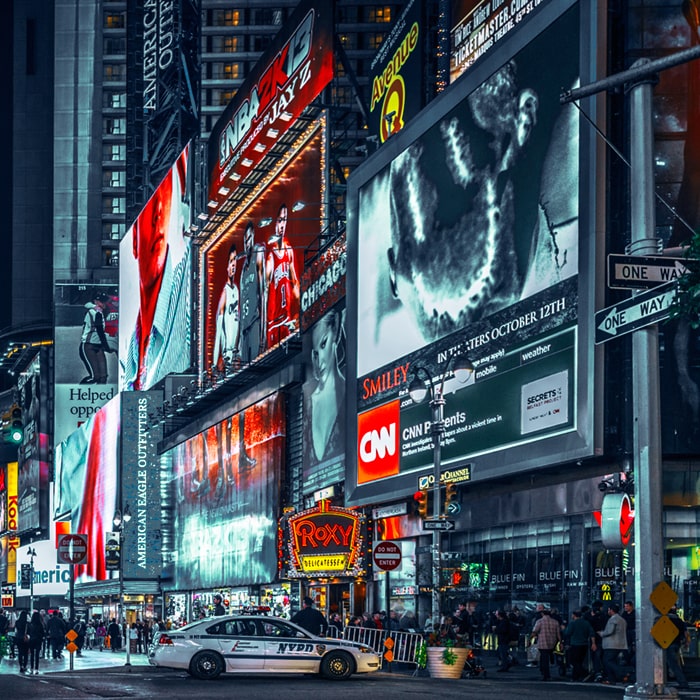20 Essential Versatile Household Tools for Quick Fixes
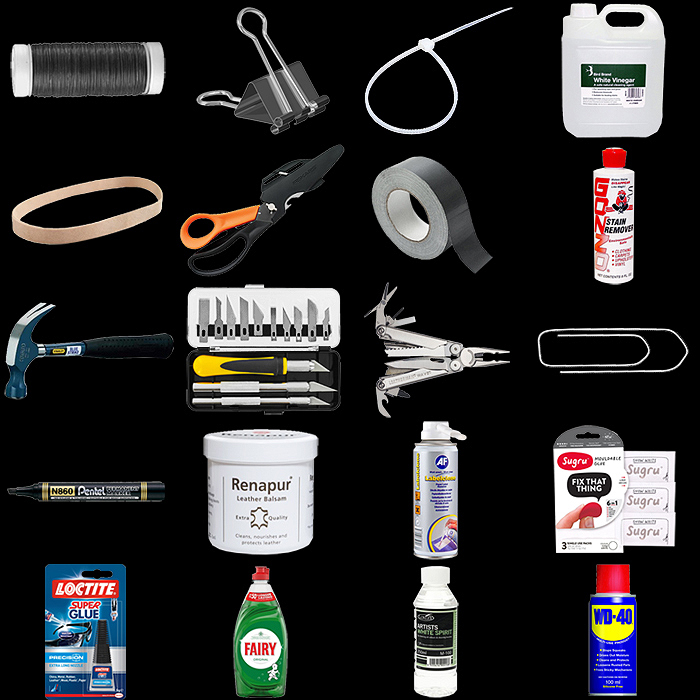
We are all faced with little problems several times a day - something either gets stuck, becomes unstuck or otherwise needs a quick fix solution. There used to be a saying that if something sticks that should not - apply WD-40, and for the other way around - use either gaffer tape or superglue. Yet there are numerous degrees of fixing required with different scales of permanence, hence I got to thinking which are the 20 ’tools’ and objects that I reach for most readily and on a daily basis - when I am in need of a quick fix / solution.
After due and careful consideration I ended up with the following list, arranged alphabetically, and which should see you good for most of your daily mini emergencies:
Binding / Florist Wire
Excellent for tying and binding things together, making temporary hooks and handles and using to suspend objects from a bar, hook or shelf, and otherwise for fixing and reinforcing suspended objects like shelves - can be used for bead-work and any other activity really requiring a fairly strong, but thin, flexible wire.
Bulldog / Binder Clips
Great for clipping all manners of things together including of course - paper, and especially for sealing bags and packets of comestibles or small objects, I use these pretty much on a daily basis for a variety of tasks including as a cable tidy (see 54 Uses for Binder Clips article).
Cable Ties
Another really versatile binding element, I use these generally to make plastic loops for a variety of devices so they can be hung up or more easily stored - and there are a dozen more uses (see 14 uses for Cable Ties article).
Distilled White Vinegar
Numerous cleaning uses - glass, toilets etc., also add salt and teaspoon of washing up liquid for formidable weed killer, or add baking soda for cleaning kitchen surfaces and utensils (see 95 uses for Vinegar article).
Elastic Bands
This is my first choice for securing and organising various cables and leads, as well as rolling up and securing zip-lock bags, keeping travel soap dish attached to cover etc. (see 52 Uses for Rubber Bands article).
Fiskars Cuts+More Scissors
Every household needs a really good pair of sharp scissors, and these are that and more - blades can be separated for separate knife action, also includes wire cutter, pointed awl tip, power notch for light rope, twine cutter, bottle opener, tape cutter and sharpener built into cover (Diagram).
Gaffer / Duct Tape
The other side of the WD-40 equation, this super versatile tape can be torn by hand, and adheres to near enough everything - great for temporary as well as longer-ranging repairs and about another 100 more clever uses (see 101 uses for Gaffe Tape article).
Gonzo Stain Remover
This is my go-to stain remover, nothing works as well for blood, and it is great for clothes, carpets, upholstery and vinyl and removes beverages, coffee, tea, baby formula, milk, blood, grass, grease, pet stains, vomit, urine, perspiration and more! (Gonzo Reference).
Hammer with Claw
If you have anything nailed down in your house - chances are you will need to bang down a nail every now and again or remove one. After various screwdrivers, and scissors / knives, a hammer is typically the next most used tool. The claw is great for prising apart various stuck objects too. Sometimes a gentle tap with a hammer can loosen stubborn jar lids and other ’stuck’ objects.
Hobby Knife / Scalpel Set
My Leatherman Wave can handle various cutting functions, as can the Fiskars Scissors, sometimes though you need more finesse and precision - which means you need to make use of a scalpel - this can be used for anything from a makeshift pencil-sharpener to a finessing tool for fine-tuning various aspects of repairs - for wood, leather, vinyl, fabric and even some plastics.
Leatherman Wave
This is my preferred multi-tool of choice and one which I use every day and probably several times a day, from basic tasks like box cutter and letter opener to screwdriver, file, and of course pliers and wire cutters - the only element I don’t use much is the scissors really, as the Fiskars Cuts+More are more usable most of the time. (Wave Reference).
Paper Clips
I always have a pot of these handy for various tasks - increasingly for resetting electronic devices and ejecting sim-card trays, but there are 100 more uses (see 101 Uses for a Paper Clip article).
Permanent Markers
Most of the objects I buy tend to be black - office chairs with black upholstery, trainers and shoes, electronic devices / speaker grills / mesh. Over a period of time objects become worn or stained / unstained and start to display other than pristine black. For quick touch-up jobs, a permanent marker can make a significant difference - as well as of course simply writing addresses on parcels etc. I find that the white marker / tippex equivalent is not as successful a combination as black. Black tends to be an ideal upholstery colour really as it largely conceals stains and marks, and does lend itself to relatively easy and fairly invisible retouching.
Renapur
I first came across this Beeswax-based leather cleaner / restorative / protector at a country show in Somerset, I then forgot it for a while until I ran into a display in Whiteleys, and I have now used this product for the best part of 20 years. It is a real secret weapon in shoe and leather-care - great for jackets and bags too. It cleans, nourishes and protects and adds a subtle sheen and a pleasant beeswaxy fragrance. It even has a degree of water-repellency. (Renapur reference)
Sticky Solvent
I tend to use Labelclene for removing stubborn pricing labels and stickers, as well as other sticky residues. Comes with a slightly more pleasant fragrance than most solvents, as well as a clever brush applicator. I tend to usually use this with plastic Scotty Peeler scrapers / spatulas - with a so far 100% success rate (a butter-knife works also!). (Labelclene reference).
Sugru
Moldable rubber putty glue! This amazingly versatile newish fixer looks a little bit like blutack strips when you first see it, but can be hand-shaped into any form in the first 30 minutes - thereafter it fully cures and adheres to almost any surface - taking 24 hours for a complete set. The resulting silicone rubber is hard enough to be used as a wall hook or pot handle, phone case or bumper - pretty much anything you can imagine - it comes in a wide variety of colours - check the Sugru site for hints, tips and serving suggestions.
Super Glue
Perfect for fixing low stress joins / joints - China, Leather, Metal, Most Plastics, Paper, Rubber and Wood. More physically active joints will need ’pins’ or additional lateral fix-forces to sustain a repair.
Washing Up Liquid
Much more than simple dish soap - can be used individually or in combination for a variety of cleaning tasks, as well as an insecticide, weedkiller and more (see 32 Uses for Dish Soap article).
White Spirit / Turpentine
My father’s favourite liquid fixer, this all-purpose solvent can be used for removing / thinning / cleaning oils, paints etc, as well as a core art supply commodity, this is a great stain-remover for all manner of stains, as well as a decent glass and metal cleaner, and can even remove permanent marker from some of the more shiny surfaces.
WD-40
All purpose water-repellent lubricant which has great cleaning properties, as it says on the can - Stops Squeaks, Drives Out Moisture, Cleans and Protects, Loosens Rusted Parts, Frees Sticky Mechanisms (see 200 uses for WD-40 Article).

Did you find this content useful?
Thank you for your input
Thank you for your feedback
Upcoming and Former Events
Affino Innovation Briefing 2024
Webinar - Introduction to Affino's Expert AI Solutions - Session #2
Webinar - Introduction to Affino's Expert AI Solutions - Session #1
PPA Independent Publisher Conference and Awards 2023
Driving business at some of the world's most forward thinking companies
Meetings:
Google Meet and Zoom
Venue:
Soho House, Soho Works +
Registered Office:
55 Bathurst Mews
London, UK
W2 2SB
© Affino 2025

